Different Types of Art: Their Power and Purpose
Art plays a significant role in society, acting as a mirror that reflects cultural values, emotions, and ideologies. Art can evoke a spectrum of feelings, from joyous laughter to poignant tears of frustration and sadness. Acknowledging the different types of art is crucial to understanding its profound impact on society. Continue reading for a beginner’s guide to unraveling the power and purpose of art!
What is Art?
Have you ever looked at a piece of art and asked yourself, “What am I looking at?” Art is highly evocative and subjective and often requires context to fully connect with and appreciate the artist’s creative intent. It comes in several forms: painting, sculpture, architecture, literature, music, theatre, and cinema. Beyond these traditional art forms, art is categorized based on its intended purpose and audience; the four art categories are fine, applied, performing, and digital.
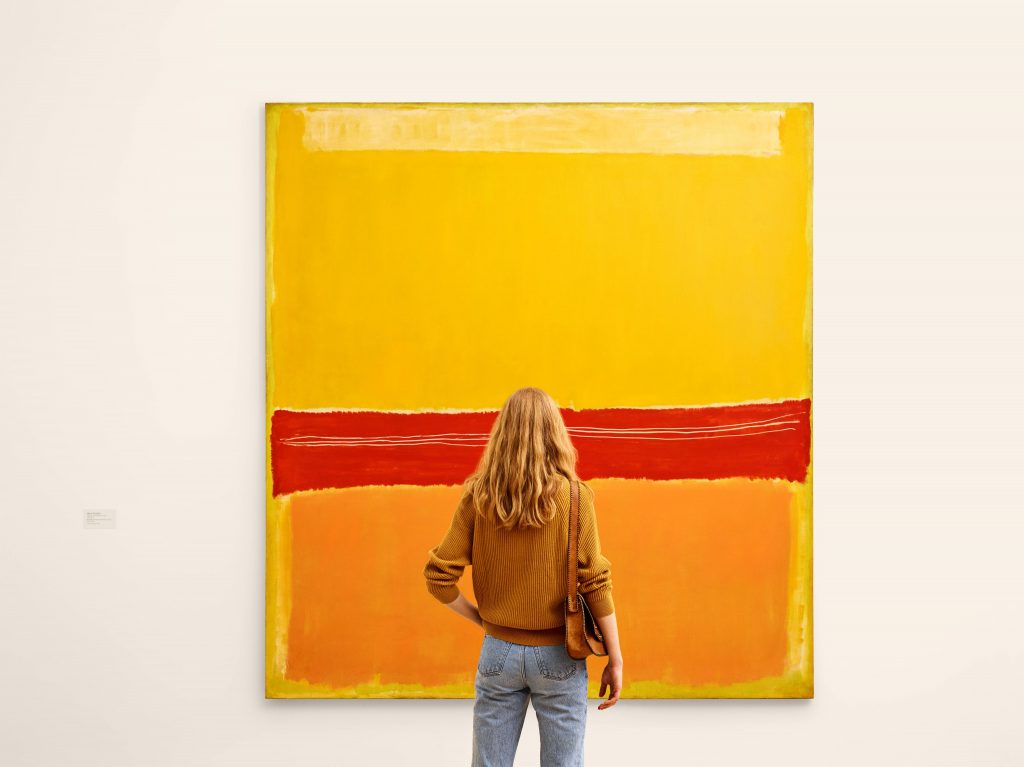
No. 5/No. 22 by artist Mark Rothko. Source: Museum Of Modern Art, photo by Noah Kalina.
How to Identify Different Types of Art
So, what’s the difference? Fine arts include visual arts such as painting, drawing, and sculpture, valued for their aesthetic qualities and artistic expression. In contrast, applied arts focus on practical or functional purposes, including design, ceramics, and textiles. On the other hand, performing arts involve live performances like theatre, music, and dance. With 20th-century technological advances, new media and digital art forms have emerged, offering innovative means of creative expression.
1. Visual Arts
Visual arts are created from line, color, shape, form, texture, and composition to convey ideas, emotions, and narratives. This art category includes traditional fine art forms like painting, drawing, and printmaking, as well as newer mediums such as photography and mixed media (like collage, fabrics, woven art, tapestry and needlepoint). Whether realism, abstract art, or pop art styles, visual arts are crucial in challenging perceptions, fostering creativity and imagination, and enriching the cultural landscape of communities worldwide.
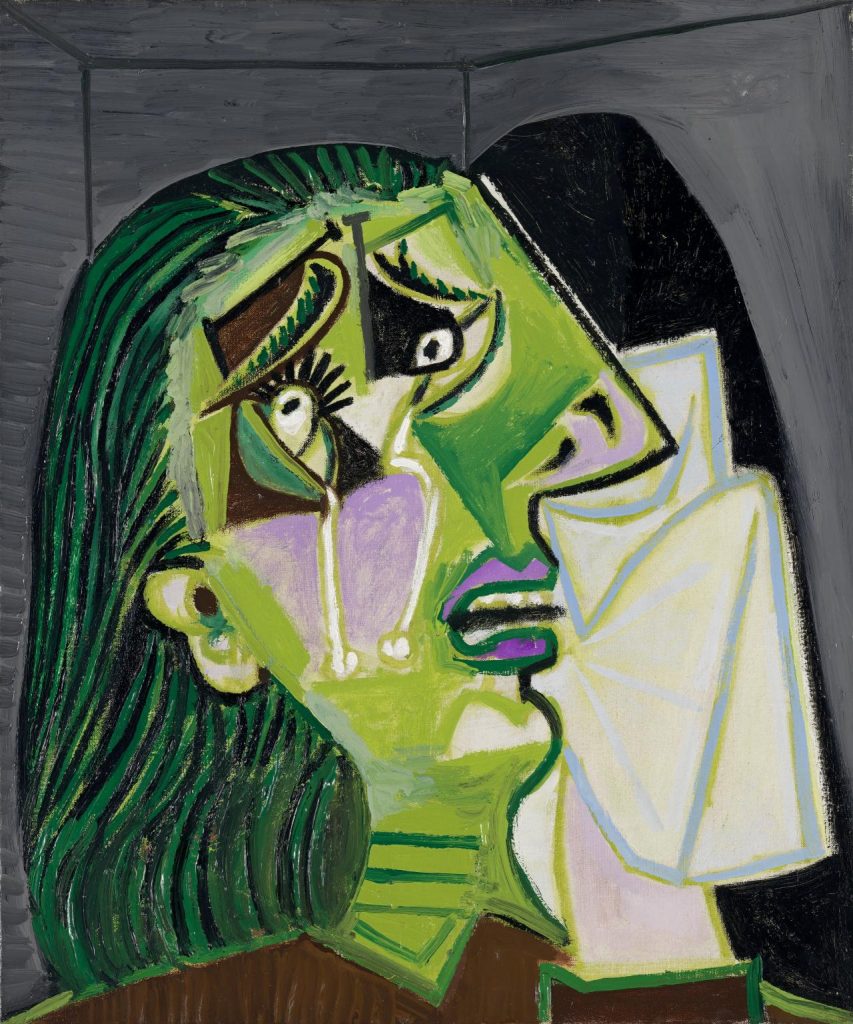
Weeping Woman (1937) by artist Pablo PICASSO. Source: National Gallery of Victoria.
2. Literary Arts
Literary arts captivate, inspire, and challenge audiences through the written and spoken forms of artistic expression. They weave tales that transport us to different worlds and make us ponder life’s mysteries. Think poetry, prose, drama, essays, and storytelling in different flavors, like fiction, non-fiction, and memoirs. From Shakespeare’s timeless plays to modern-day bestsellers, literary arts continue to evolve and shape our understanding of the human experience.
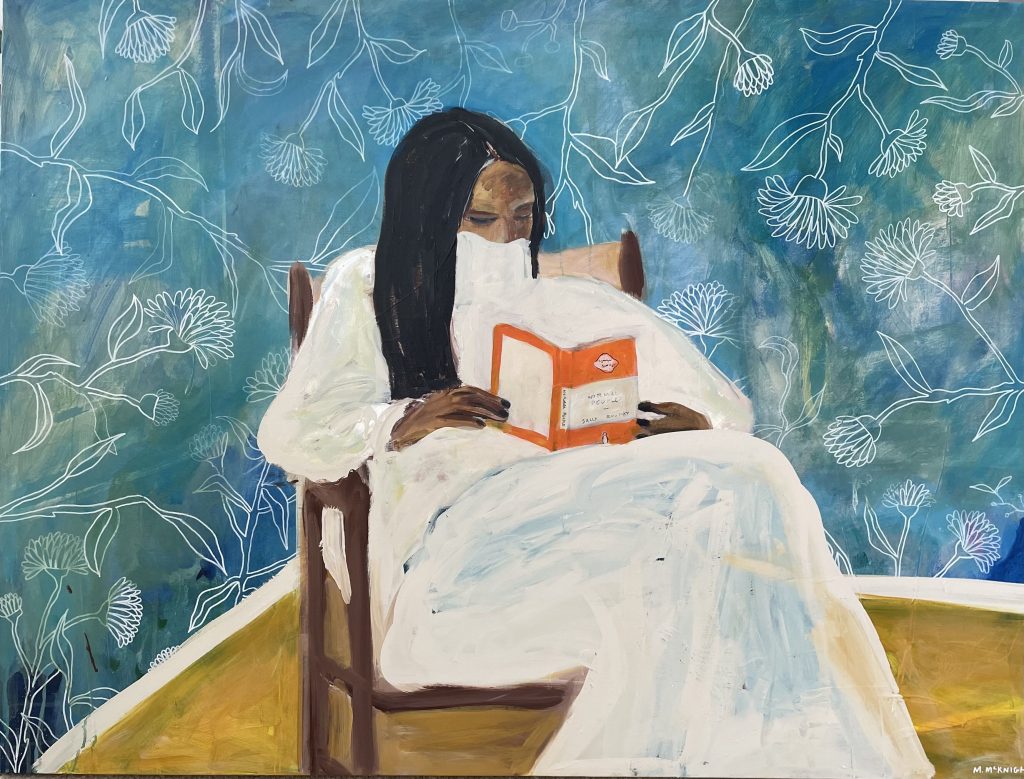
At The Part Where She’s In Sweden by artist Marnie McKnight. Shop online today!
3. Performing Arts
Performing arts is where performers use their bodies, voices, and instruments to convey narratives, emotions, and ideas. From the graceful movements of ballet to the powerful vocals of a singer and mesmerizing theatre production. Performing artists transcend language and cultural barriers and evoke profound emotional responses through movement and sound.
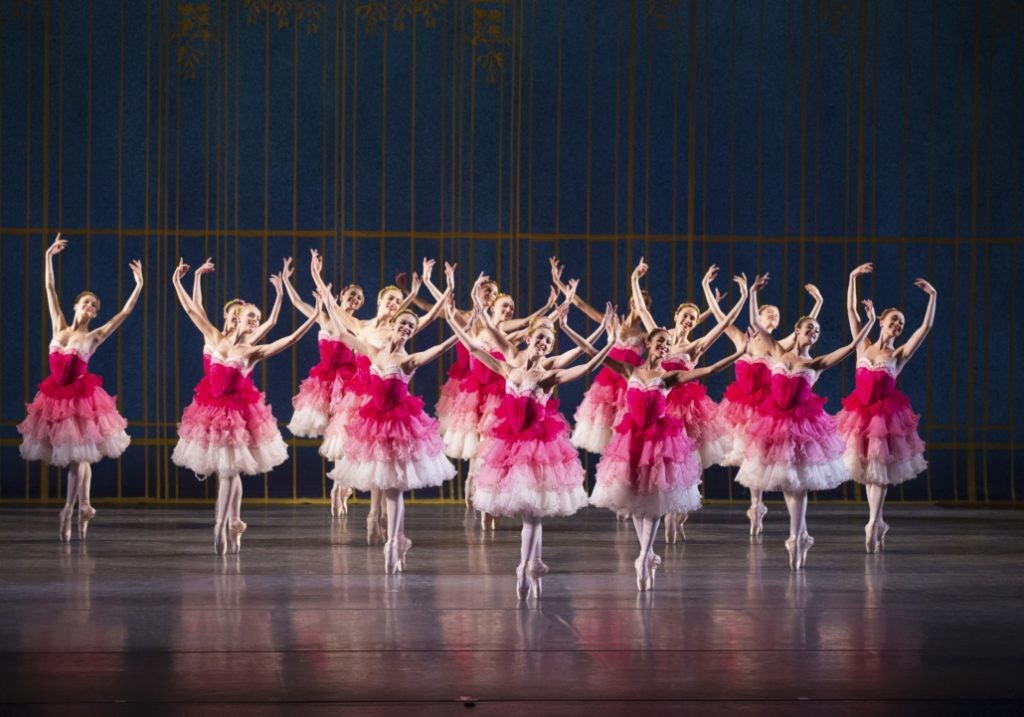
The Waltz of the Flowers from Act II of Alexei Ratmansky’s The Nutcracker. Source: American Ballet Theatre, photo by Rosalie O’Connor.
4. New Media and Digital Art
New media and digital art forms utilize digital technologies, software, and algorithms to create dynamic and interactive experiences, including digital painting, interactive installations, virtual reality experiences, and generative art. Artists working in this realm of art challenge established notions of art, authorship, authenticity, and ownership.
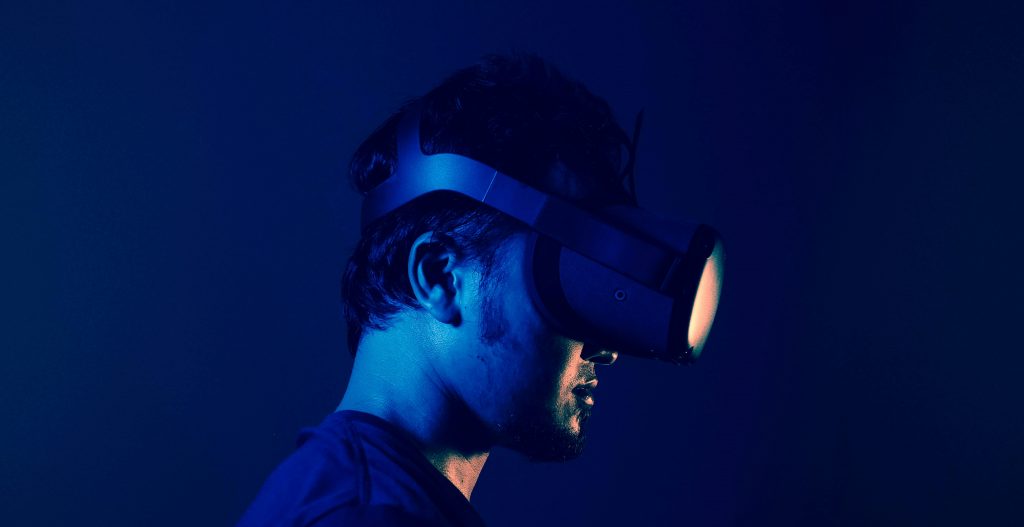
Photo by Minh Pham on Unsplash.
Understand the Power of Art
More than a pretty picture, art enables humans to experience diverse creative perspectives. A catalyst for learning, enjoyment, and personal growth, art contributes to the cultural fabric of our communities, reminding us of the power of human creativity and expression. Contemporary art often helps foster empathy and address societal and political issues by evoking emotions and challenging norms.

Fraternal Kiss by Dmitri Vrubel is a famous political mural in Berlin. Photo by Jeison Higuita on Unsplash.
How to Engaging with Art
No matter your age, there are multiple ways to engage with art and foster self-expression and a deeper appreciation for the creative process. Museums and galleries like Bluethumb offer curated spaces to explore diverse art, providing opportunities for observation, reflection, and learning about artistic styles, movements, and culture. Engaging with art in these settings can include examining artworks, reading information, and participating in guided tours. Starting your own art collection or personal artistic practice is another, more intimate, way individuals can engage with art. This may resemble painting, drawing, sculpting, or experimenting with other mediums and artistic techniques.
Start your art-collecting journey today! Discover Bluethumb’s FREE Art Advisory Service.
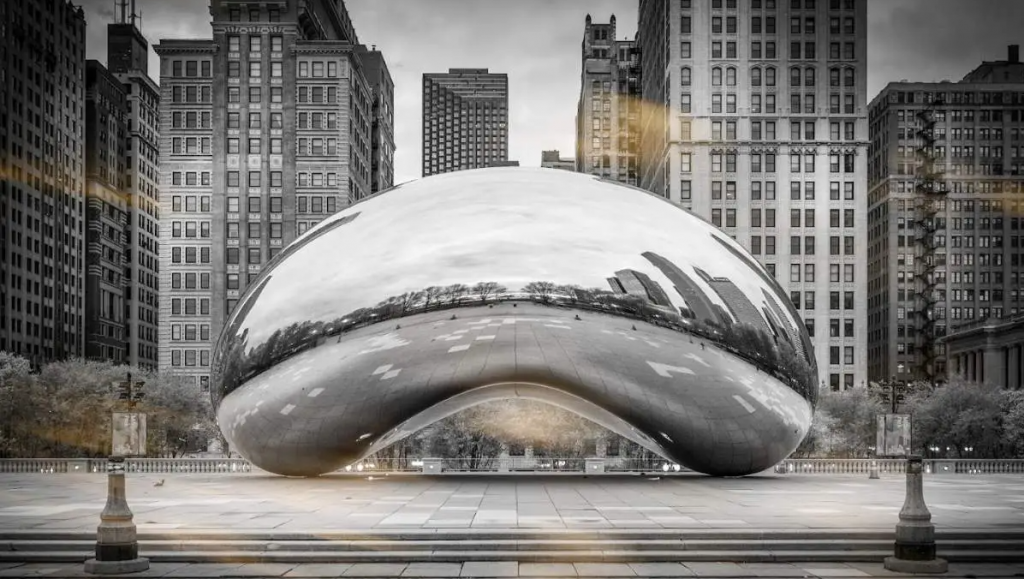
Cloud Gate (The Bean) by Anish Kapoor in Chicago. Photo by Peter Feher.
Art transcends mere aesthetics. It’s a vessel of cultural values, emotions, and ideas. It’s time to explore different types of art with your newfound knowledge. Discover contemporary Australian art on Bluethumb today!

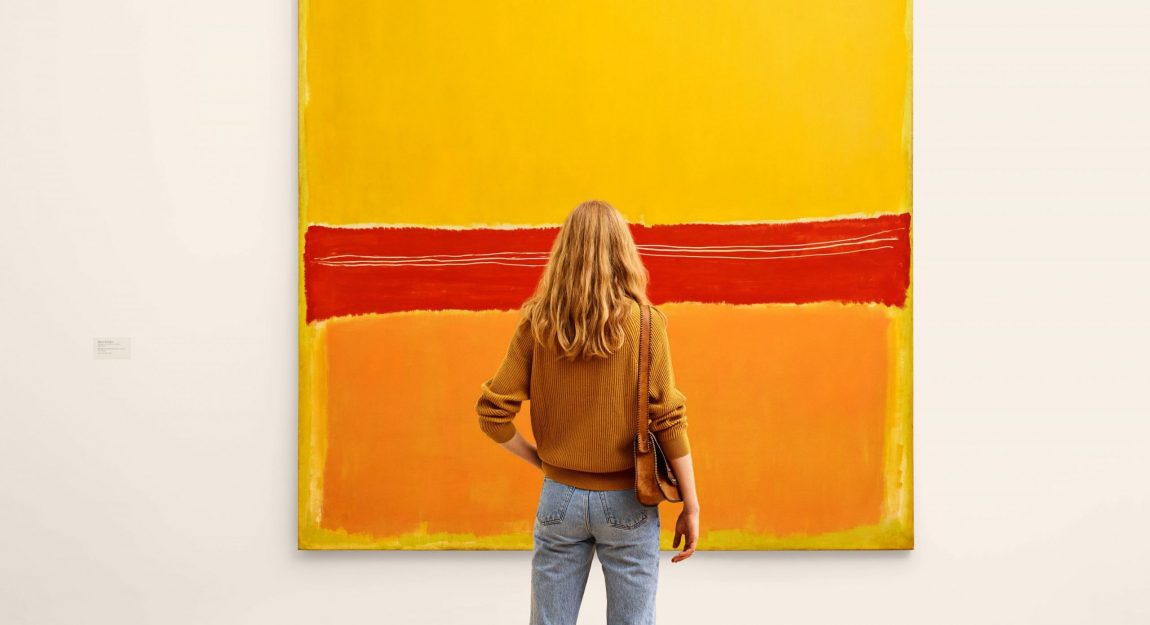
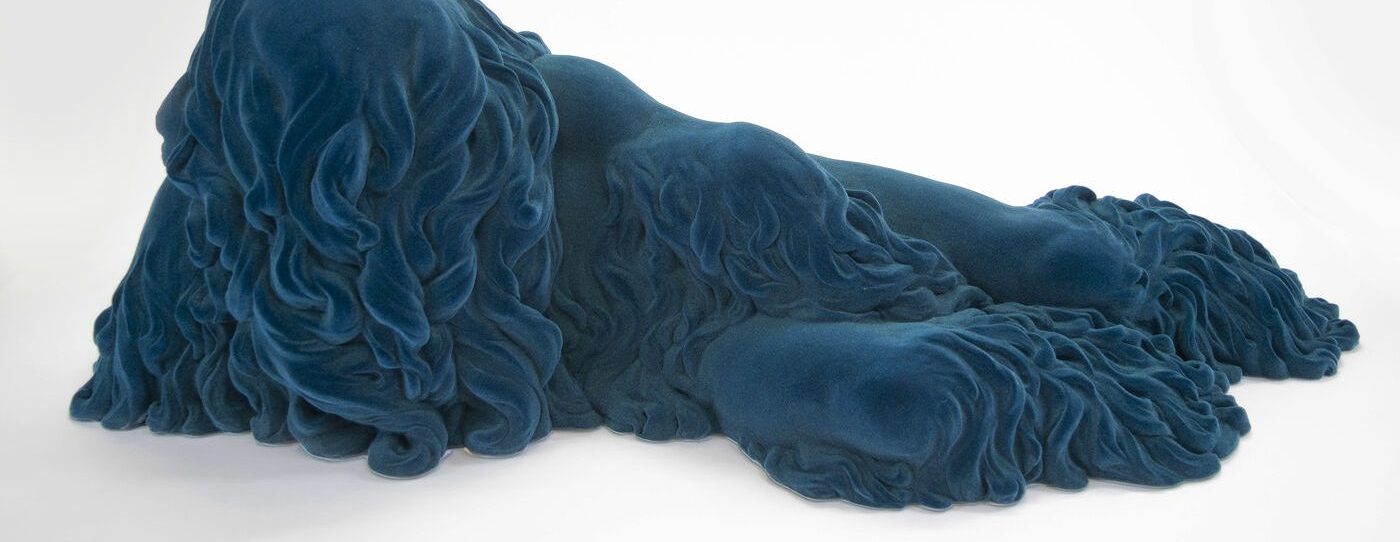






I love your answers